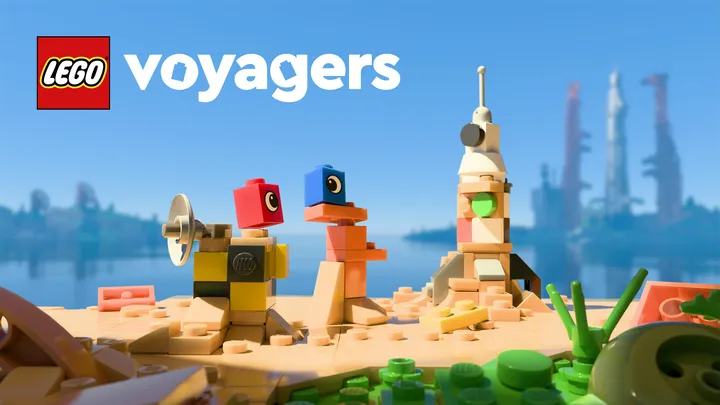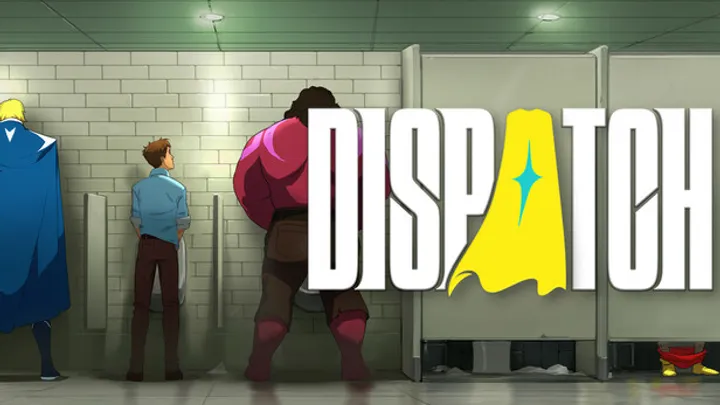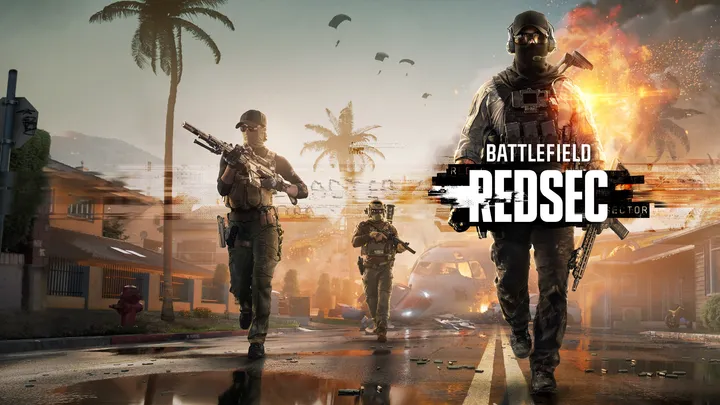
Introduction
Tunic is a charming and enigmatic action-adventure game that plunges players into a beautifully crafted world viewed through the eyes of a small fox. Combining classic dungeon-crawling elements with puzzle-solving, Tunic immerses players in an experience that is as much about discovery as it is about exploration. However, beneath its cute exterior lies a theme that resonates deeply with the human experience: the struggle to navigate uncertainty and the joy of uncovering hidden truths. This article aims to analyze the specific issue of exploration and discovery in Tunic, investigating how the game’s mechanics, environment, and narrative structure work together to create a unique experience that engages players on multiple levels.
The Role of Environment in Discovery
A World Worth Exploring
The first encounter players have with Tunic is the vibrant and lush environment in which they find themselves. Each area is meticulously designed, inviting curiosity and exploration. From the tranquil starting area to the treacherous cliffs and hidden caves, the world feels alive and interconnected. This design encourages players to pay attention to their surroundings, suggesting that every nook and cranny may hold a secret.
Visual Storytelling
Tunic excels at visual storytelling, utilizing environmental cues to guide players without explicit directions. For example, the placement of certain structures can hint at potential hazards or the presence of hidden items. The game's graphics, with their vivid colors and charming animation, create an aesthetic that both captivates and intrigues players, reinforcing the importance of observation in the exploration process.
Non-linear Pathways
The non-linear pathways available in Tunic also play a crucial role in enhancing the feeling of exploration. Unlike many games that guide players along a specific route, Tunic encourages them to forge their own path. This structure fosters a sense of ownership over the journey, as players can decide what areas to explore and in what order.
The Language of Discovery: A Unique Communication System
The Language Barrier
One of the most intriguing elements of Tunic is its unique approach to storytelling through an invented language. The game does not provide translated dialogue or clear instructions; instead, it immerses players in a context where they must decipher the meaning behind symbols and illustrations. This language barrier serves as both a challenge and an invitation to explore further.
Interpretation and Understanding
Players are encouraged to piece together the game’s lore, quest objectives, and gameplay mechanics through careful observation. This process of deciphering becomes an exploration in itself, as players uncover the meaning behind each glyph and symbol, leading to a more profound understanding of the game world. Every time players encounter a new piece of information, it propels them further into the narrative and world, fostering a rewarding cycle of discovery.
Community Collaboration
The uniqueness of this communication system has sparked conversations among players, with many collaborating online to decode the language. This communal effort adds another layer to the exploration, transforming the game into a shared experience. Players become part of a collective journey, reinforcing the idea that discovery is not solely an individual endeavor but one that can bring communities together.
The Significance of Item Collection
Tools of Exploration
Item collection is a cornerstone of Tunic, with each item possessing its own significance in both gameplay and story context. Items not only serve as tools for combat but also as keys to unlocking new areas and secrets. The discovery of each item is intricately tied to the theme of exploration; players must venture into the unknown to acquire them, often facing challenges along the way.
Symbolic Resonance
Items in Tunic often carry symbolic weight, reflecting broader themes of knowledge and growth. For example, finding a map piece not only provides geographical information but also represents a step toward fuller understanding—not just of the world, but of the self. The act of collecting items becomes a metaphor for personal growth, encouraging players to confront and overcome obstacles as they discover more about themselves and the game.
Inventory Management
The game's inventory management system plays a vital role in how collection impacts exploration. Players must decide which items to carry and when to utilize them, forcing them to consider their strategy and approach continually. This aspect introduces an element of resourcefulness; players are invited to experiment with different items, discovering the best combinations for various scenarios. Each successful combination feels like a victory in the larger quest for exploration.
The Challenge of Combat in Exploration
Combat Mechanics
Exploration in Tunic is not solely about navigating the environment; combat also presents challenges that directly impact the exploration experience. The game's engaging combat mechanics encourage players to face enemies and learn from each encounter. Combat can be punishing, yet it is designed to reward players willing to invest time and effort in honing their skills.
Risk and Reward
The interplay between combat and exploration creates a sense of tension; players must assess the risk of exploring certain areas versus the potential rewards. Engaging in combat can yield valuable items, treasure, or access to new regions, but it also demands awareness and strategy. This dynamic adds depth to exploration, making every decision consequential and every encounter memorable.
Learning Through Failure
What makes the combat experience in Tunic particularly compelling is how it teaches players through failure. Death is a part of the journey, and when players encounter more challenging foes, they must analyze their tactics and learn from mistakes. Each defeat becomes an opportunity to refine skills and approach combat scenarios with a fresh perspective, paralleling the larger theme of discovery in the game.
The Art of Puzzles: Unlocking the World
Puzzle Integration
Puzzles in Tunic are seamlessly integrated into the environment, demanding players' attention and critical thinking. These puzzles often serve as barriers to exploration, requiring players to engage with their surroundings actively. Solving them is an act of discovery, unveiling more of the world and its secrets.
Environmental Clues
The game encourages players to rely on environmental clues, using visual elements and interactions to provide hints. This not only heightens the sense of exploration but also reinforces the need for observation and problem-solving. Each correctly solved puzzle rewards players with a tangible sense of accomplishment, pushing them further into the game world.
Layers of Meaning
Puzzles in Tunic frequently reflect larger themes of knowledge and understanding. For example, some puzzles require players to navigate their environment differently or interact in unconventional ways, underscoring the importance of adaptability. This reinforces the idea that exploration extends beyond physical movement; it involves intellectual engagement with the world.
The Emotional Journey: Connection and Solitude
A Personal Exploration
As players maneuver through Tunic, they are not only exploring a physical world but also embarking on an emotional journey. The game subtly reflects themes of solitude and connection, echoing the broader human experience. The solitary nature of the fox mirrors feelings of isolation, but as players progress, they also encounter elements that foster connection.
Relationships in Exploration
While the fox is often alone, the connections formed with other characters—be they NPCs or environmental elements—serve to remind players of the importance of companionship. The experience of discovery is significantly enhanced by these fleeting relationships, creating moments of warmth against the backdrop of solitude.
The Power of Solitude
Simultaneously, Tunic embraces the notion of solitude as a necessary aspect of exploration. It allows players to reflect on their journey, underscoring that quiet moments can be just as meaningful as active engagement. This duality emphasizes the idea that exploration encompasses both external discovery and internal reflection.
The Culmination of Discovery: Facing the Endgame
Building Towards the Climax
As players reach the endgame, the stakes rise, calling upon all the skills, knowledge, and items discovered throughout the journey. The culmination of exploration and discovery leads to intense encounters that test players' understanding of the game's mechanics and the world itself.
Reflections on Knowledge
The final stages of Tunic encapsulate the themes of understanding and growth that have been developed throughout the game. Players are led to places that contain the secrets of the world, and the newfound knowledge acquired during the journey serves as a powerful tool in overcoming the final challenges. This process reflects the transformative nature of exploration and the inherent value of the discoveries made along the way.
A Sense of Completion
Ultimately, completing Tunic offers players a sense of accomplishment, not only in defeating the final boss but also in the journey undertaken. The emotional weight of the narrative, intertwined with the challenges faced, reinforces the notion that exploration is about more than simply reaching a destination—it is about the experiences gained and the lessons learned.
The Lasting Impact: Themes of Exploration in Video Games
A Broader Commentary
The themes of exploration and discovery present in Tunic resonate beyond the game itself, inviting players to reflect on the nature of their own explorations in life. The game’s mechanics encourage a spirit of curiosity and adaptability, prompting players to approach challenging situations with resilience.
The Impact of Community
Moreover, the communal aspects of discovery and language interpretation echo the importance of collaboration in human experience. In a world increasingly driven by technology and communication barriers, Tunic illustrates how shared experiences can bridge gaps, fostering cooperation and understanding.
The Legacy of Discovery
Finally, Tunic serves as a reminder of the value of exploration—both in gaming and in life. The thrill of uncovering hidden truths, solving puzzles, and forming connections is a universal pursuit that transcends the boundaries of any single medium, influencing how we engage with the world and each other.
Conclusion
Tunic succeeds as an exploration-focused game precisely because it embraces the complexity of discovery. Through its vibrant environment, intuitive puzzle mechanics, and non-linear pathways, players are encouraged to engage deeply with a world brimming with secrets. The journey is framed by emotional undertones of solitude and connection, echoing the broader human experience. In navigating the challenges of combat, deciphering an invented language, and unearthing hidden lore, players undergo a transformation that transcends the confines of gameplay. Ultimately, Tunic is more than just a game; it is a celebration of exploration itself, emphasizing that every journey is shaped by the discoveries made along the way.

















